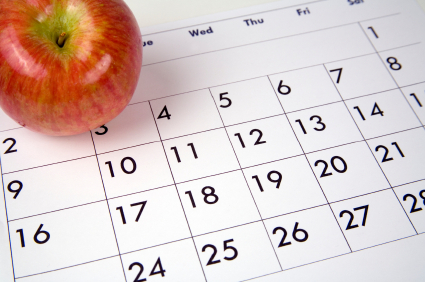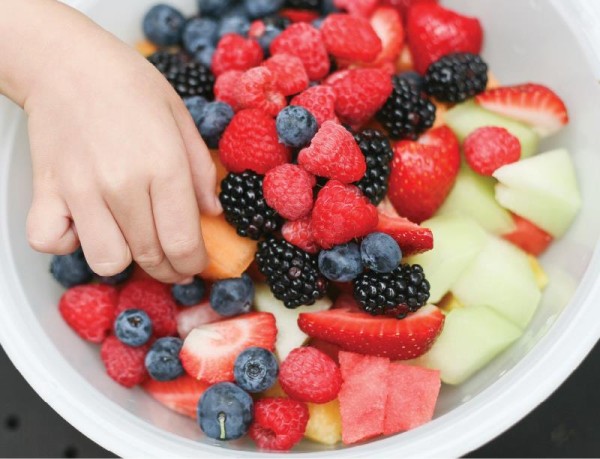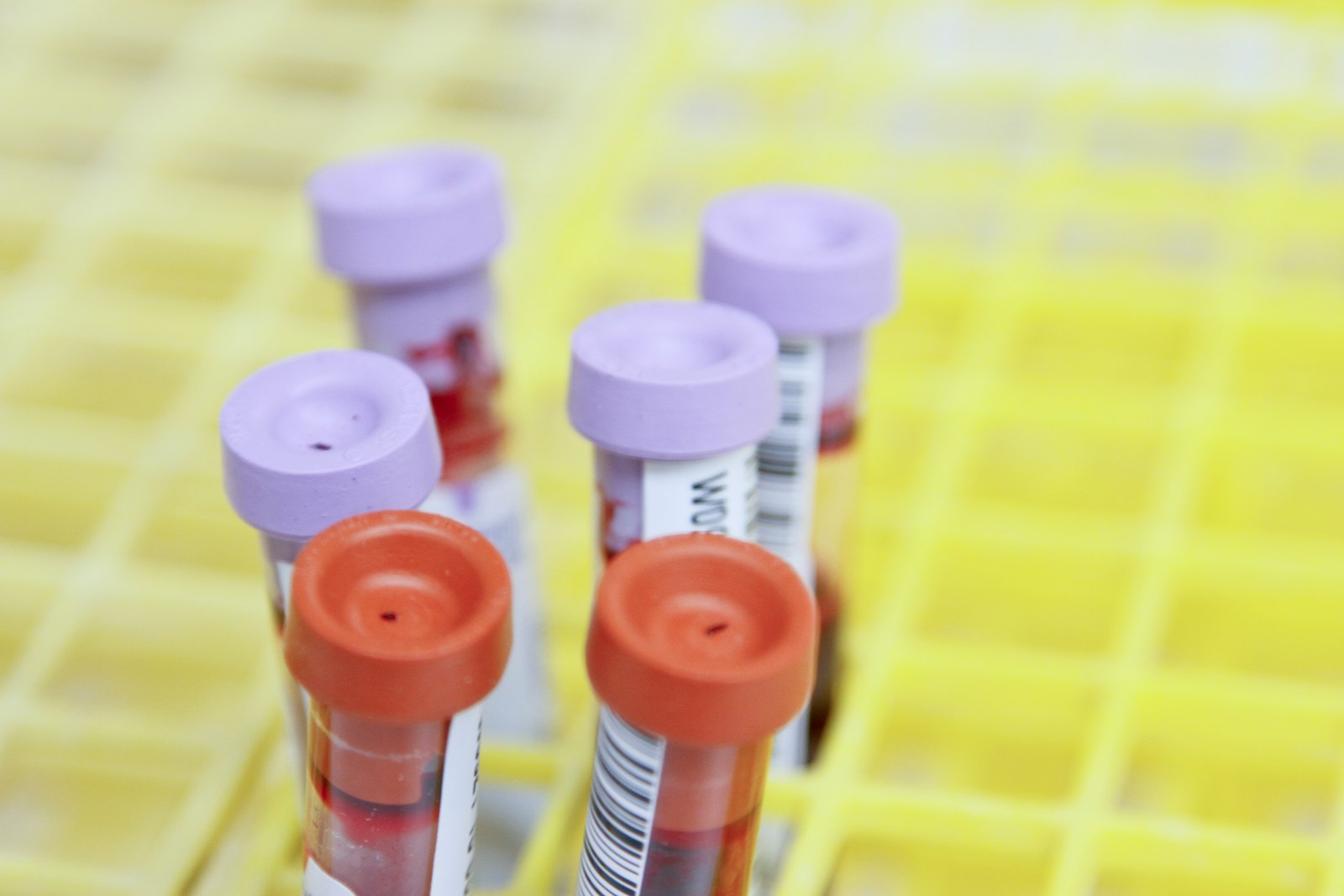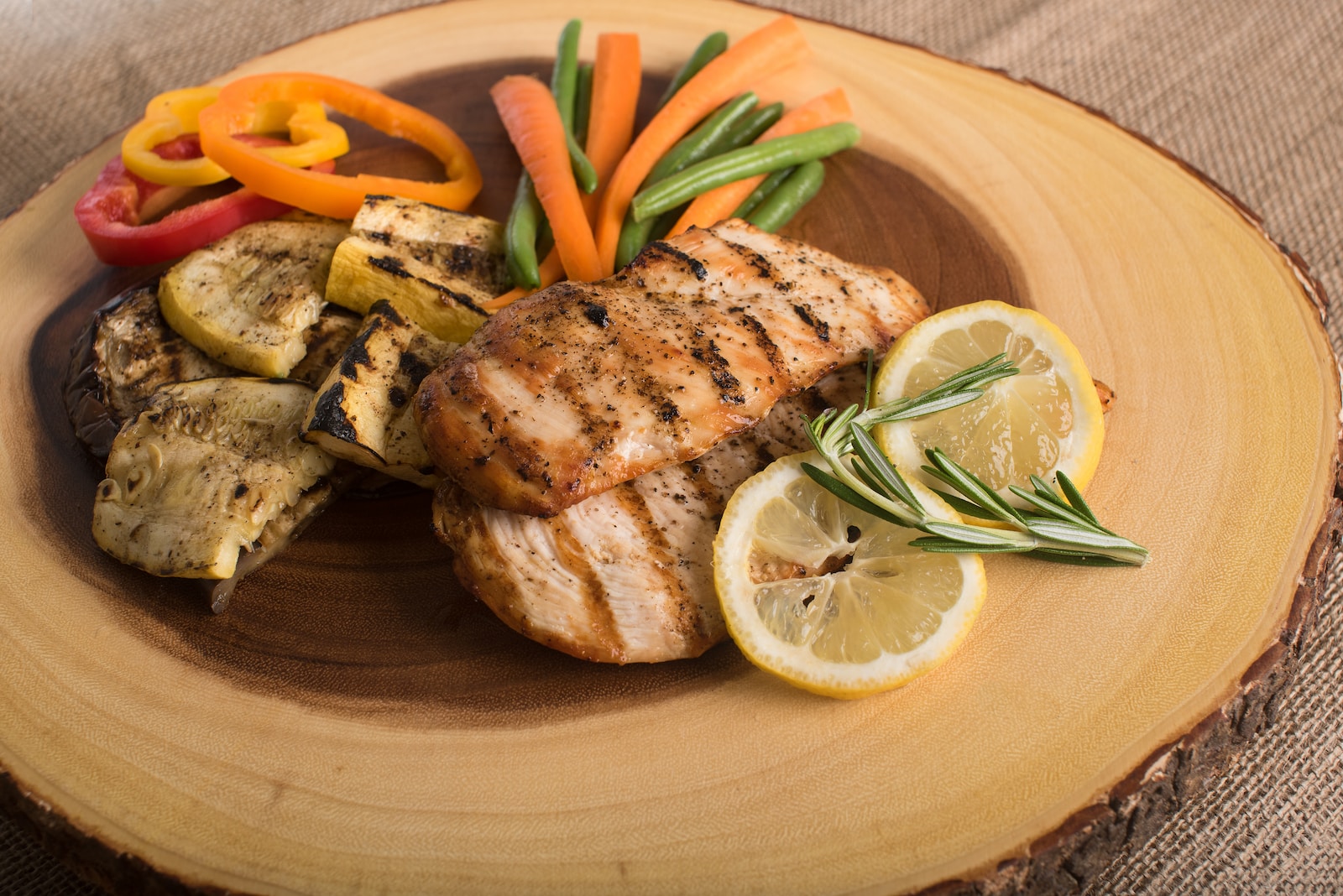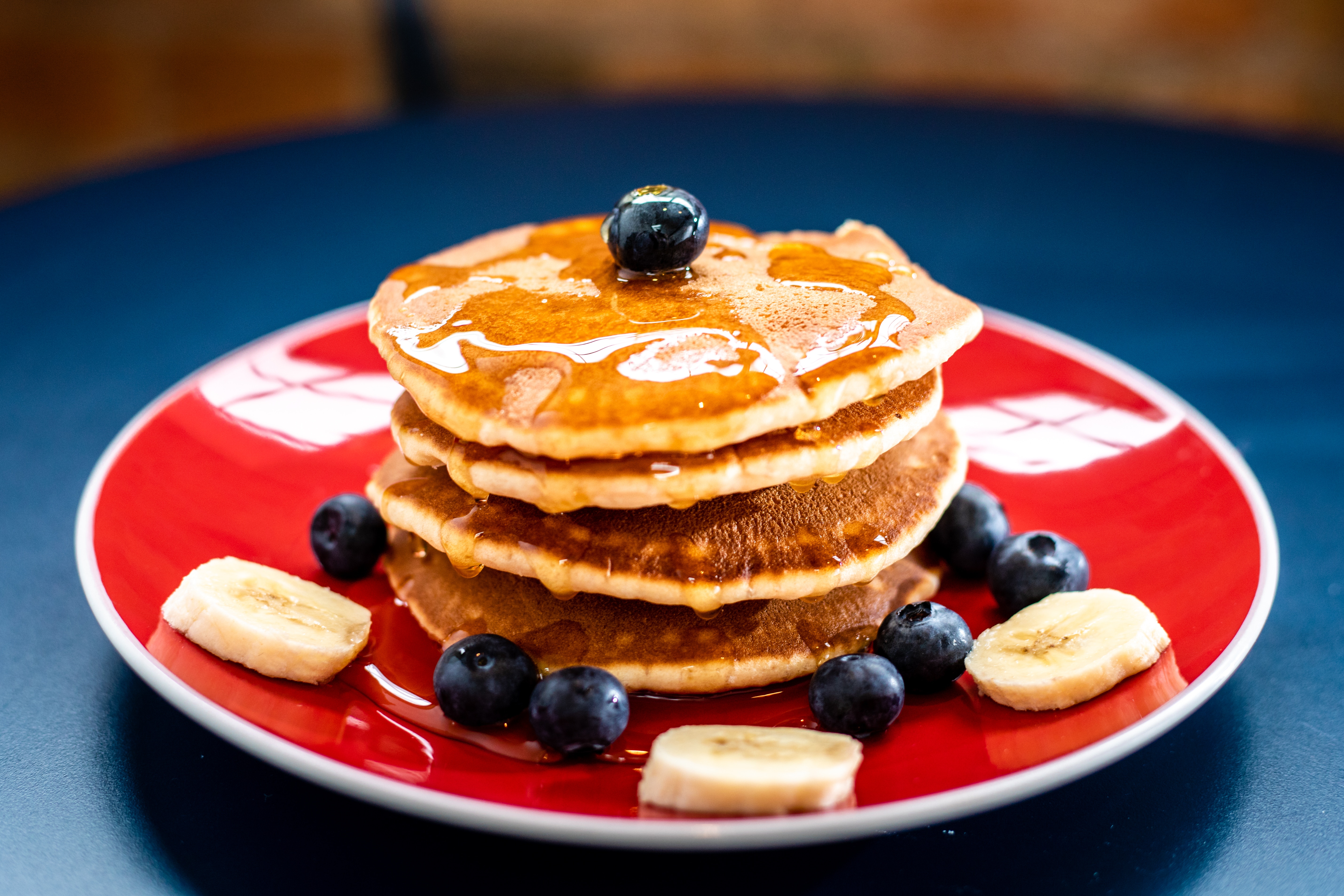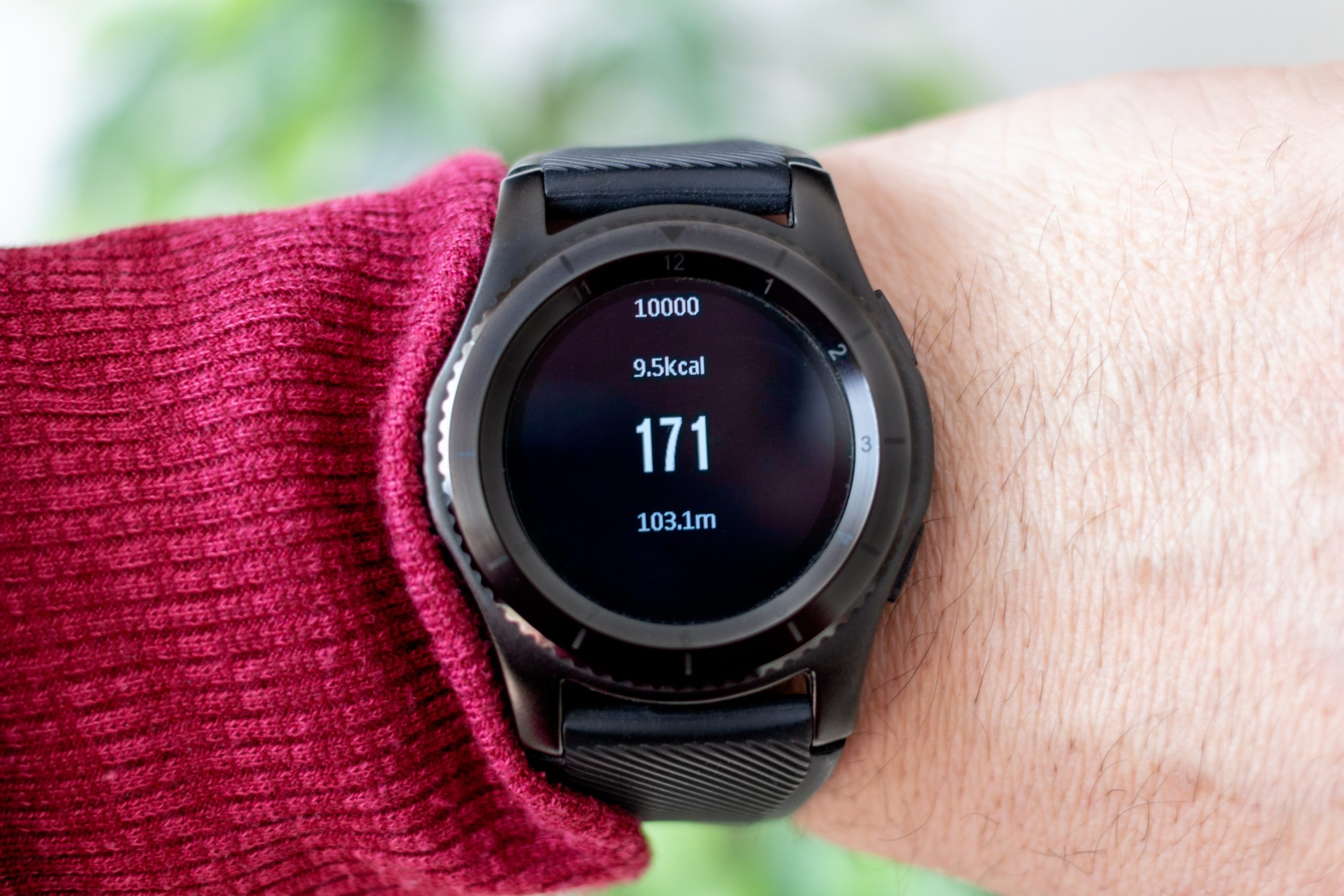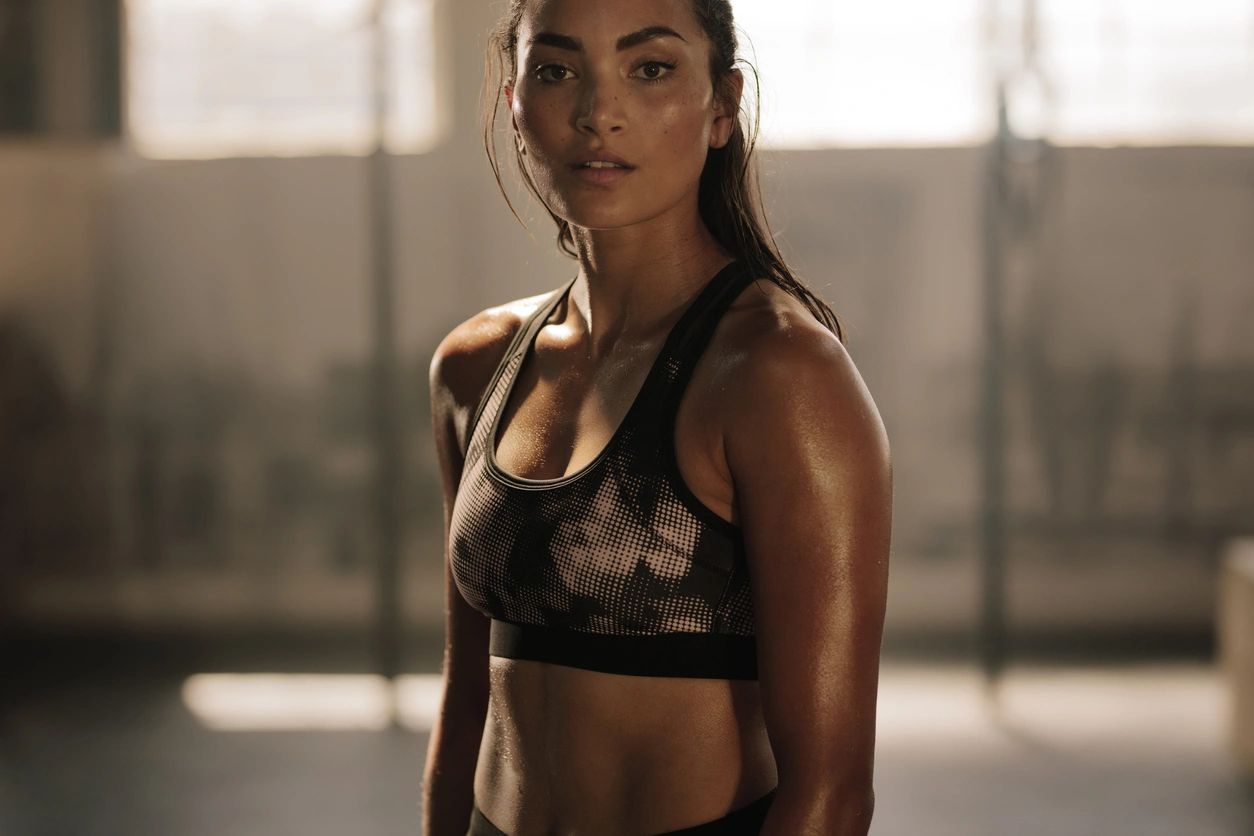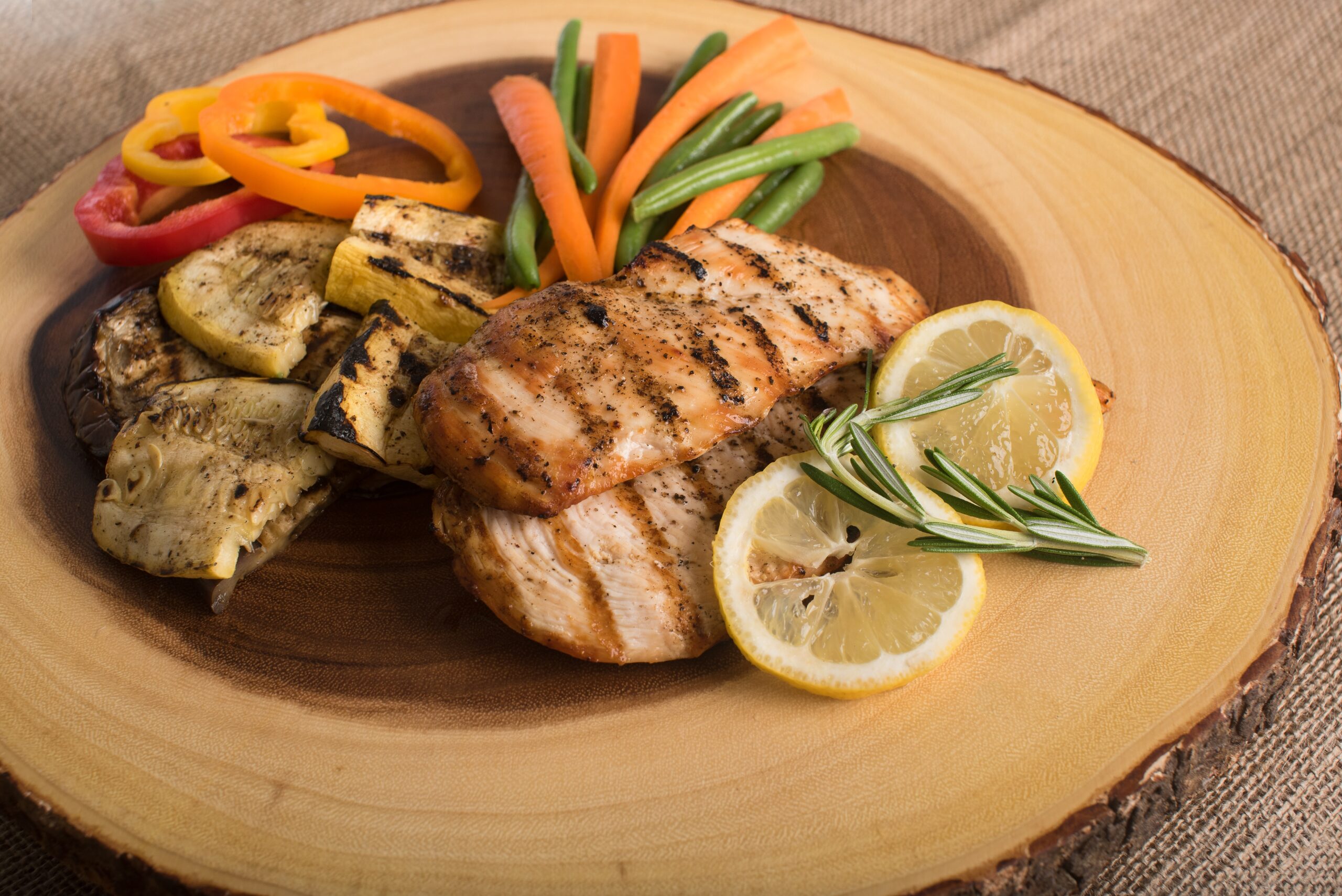The Lean Triathlete
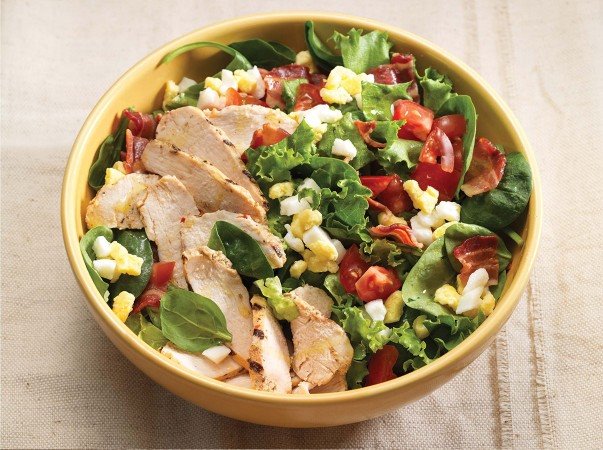
The Lean Triathlete
Triathletes come in all shapes and sizes. Just like books, they shouldn’t be judged by their cover. Still, whether it’s to look better in their tri kit or to become faster via an improved power-to-weight ratio, improving body composition is an ongoing process for many athletes. But how to achieve a leaner physique can be tricky. Here’s why, and what to do about it.
Counting Calories
With the availability of health and fitness apps such as MyFitnessPal, MyPlate, and Lose It!, counting calories consumed minus calories burned has become an easy and convenient way to fit weight loss into a busy day using a simple math equation. Most assume that if the consumption of 3,500 calories equal one pound of body weight, reducing your intake by 3,500 calories via a combination of eating less and exercising more will result in one pound of weight loss, right? No, it’s not quite that easy.
Here’s how calorie counting is problematic: When we allot X number of calories burned for a workout, we assume that X calories were from carbohydrates, which is glycogen that needs to be replaced. But, the math isn’t so simple. At all times, your body is fueled by a combination of carbohydrates and fat and sometimes a small amount of protein. You burn a larger percentage of fat when the heart rate is low (like when you’re recovering on the couch, sleeping, walking, or light jogging) and a larger percentage of carbohydrates when the heart rate is high (during speed work, tempo runs, and intervals), but it’s always a mix of fuel sources.
So, when you go for a one-hour run, let’s say an app reports you burned 700 calories. Knowing this, you might think there is some cushion in your daily caloric allotment. What the app doesn’t take into account is the fuel source of the 700 calories – which depends on the intensity of the workout. During a one-hour run, you might burn 350 calories from fat and 350 from carbohydrates. The fat calories don’t need to be replaced if the goal is to shed fat, but the carbohydrate calories do, which will naturally occur at your next timely meal. As you can see, the calories-in, calories-out approach is a bit more complicated than simply entering your activities and meals.
Balance Macronutrients, Not Calories
This may come as a surprise to you, but the makeup of the calories you consume is more important than the number. Calories are made up of three main macronutrients: carbohydrates, protein, and fat. Athletic success, body composition, injury prevention, and overall health rely on proper nutrient timing and the right balance of carbs, protein, and fat.
As a general rule and depending on the training cycle, most athletes require 50 to 60 percent of calories from carbs, 15 to 20 percent from protein, and 20 to 30 percent from healthy sources of fat. The proper nutrient timing, along with the correct ratio of macronutrients, stabilizes blood sugars and insulin response, decreases food cravings, and improves body composition. Working with a sports-certified dietitian will help you customize a macronutrient plan that fits your needs, goals, and health concerns. Additional resources, like apps and websites, show macronutrient breakdowns for thousands of food items.
Frequency and Balance
If you’ve ever felt lethargic or moody after missing a meal or snack, you’re probably well aware that how often and when you eat is important. But did you know it’s just as important as what you eat? Always start your day off with a balanced breakfast that includes carbs, protein, and fat. Aim to eat a snack or meal every 3-4 hours during your waking time.
Keep in mind that a meal that seems healthy can be unbalanced, but a few simple changes can make a big difference. Just looking at your plate should give you a good indication of whether it’s balanced. Here are a few examples:
Breakfast (unbalanced):
- 1 cup cooked oatmeal
- 1 small banana
- 1 cup skim milk
Totals: Carbs: 55g, Protein: 13g, Fat: 2g
Breakfast (balanced):
- 1 cup cooked oatmeal
- 1 small banana
- 2 hard-boiled eggs
- 1 cup skim milk
Totals: Carbs: 55g, Protein: 25g, Fat: 12g
Lunch (unbalanced):
- 1 large salad with leafy greens, tomatoes, cucumbers, carrots, strawberries, pineapple and few pecans, and non-fat raspberry vinaigrette
- 1 whole wheat roll
Totals: Carbs: 40g, Protein: <1g, Fat: 5g
Lunch (balanced):
- 1 large salad with leafy greens, tomatoes, cucumbers, carrots, strawberries, 1/4 cup edamame, 1/4 cup corn, 1 oz. goat cheese, few pecans, 3 oz. grilled chicken breast, and non-fat raspberry vinaigrette
- 1 whole wheat roll
- 1 tsp. butter
Totals: Carbs: 55g, Protein: 36g, Fat: 22g
Takeaway
Adequately fueling your active body is important, but knowing where those calories come from is how the real magic happens. The body utilizes and processes carbs, protein, and fat differently. To sharpen your fat-burning engine, ward off cravings and insulin spikes, and achieve optimal body composition, find the macronutrient balance that works for you.

